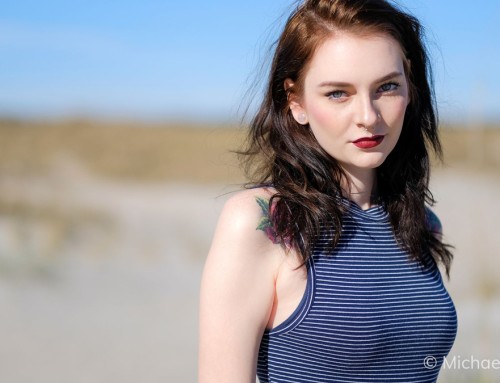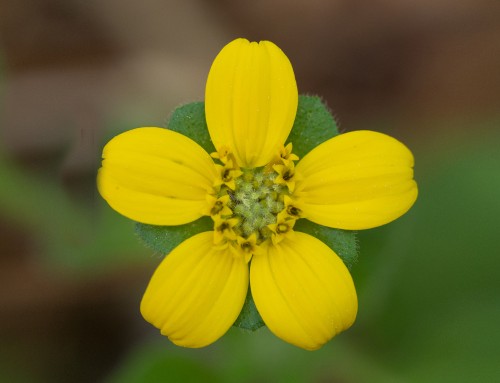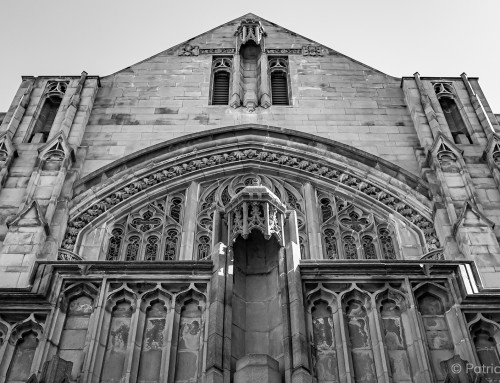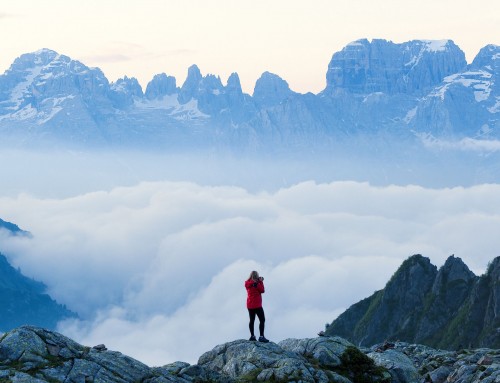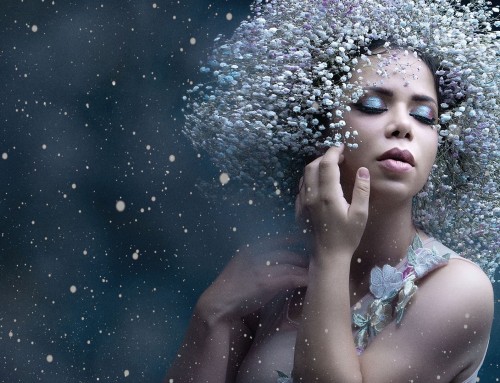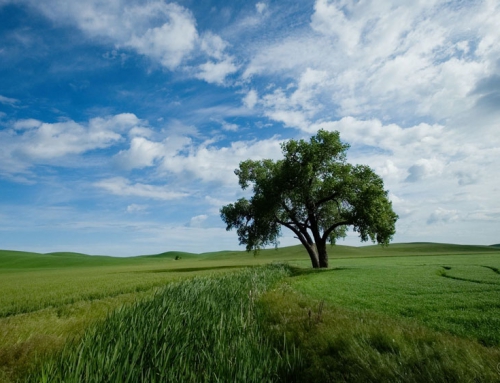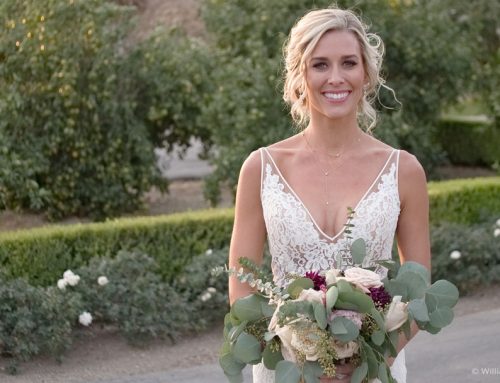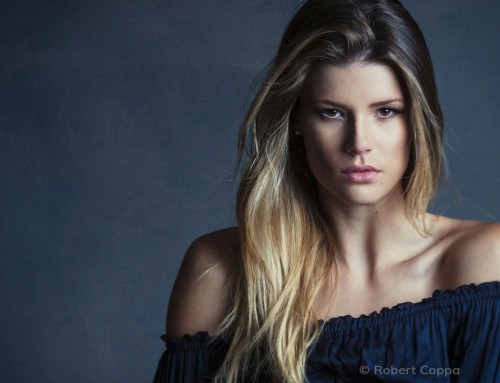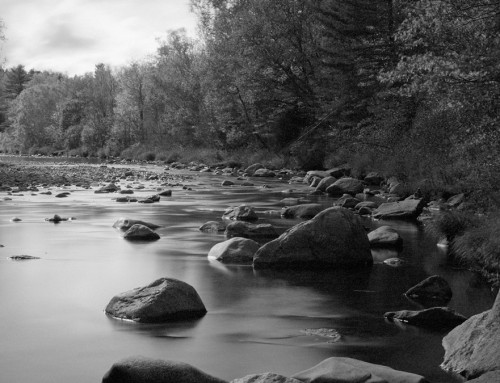Learn how to use LUTs in your Exposure workflow. In this video we show you how to find and select the right LUT for your image, adjust the intensity, blend multiple LUTs in non-destructive layers, and more.
Photos: Scott Stulberg
Transcript
“What are LUTs?”
A LUT is a file that tells Exposure how to transform the colors in your image. The LUT file gives Exposure instructions to customize the color processing of an image according to a set of rules. This can enable creative adjustments such as simulating the look of a print or popular cinematic grading like orange and teal. LUTs care also freely available on the Internet and from other photo and video apps, making it easy to choose from a variety of styles.
Importing LUTs
Exposure reads LUT files that use the .cube format. Many free resources on the Internet use this format. Check out our blog for suggestions on where to find high quality free LUT files.
Now we will demonstrate how to import LUTs into Exposure. In Exposure’s LUT panel, click Browse. Click Import to navigate to where the LUTs are located. Click a single LUT to import it, or you can select multiple files at the same time.
The dialog displays the LUTs you are importing. You can select the Category, or create new categories to organize your library. You can also set the color space the LUT was designed for. Most LUTs you’ll find are designed for sRGB. If you are going to create the LUT in Photoshop, use AdobeRGB. You can change the color space in the LUT panel when you begin working with your imported LUT.
Applying LUTs
In Exposure’s LUT panel, click Browse to preview the installed LUTs in an adjustable grid. To find a LUT by name, type it into the search field. Press Apply once your selection is made. Lower the intensity to tone down the effect. Preview the change with a before/after comparison – Press the backslash ( \ ) key. Exposure displays the size of the LUT. Common sizes are 32 cubed and 64 cubed. Larger sizes result in better quality but may take a little more processing time.
After applying a LUT, you can further refine it using Exposure’s editing tools, which include non-destructive layers for blending multiple LUTs, advanced color grading adjustments, and more.


